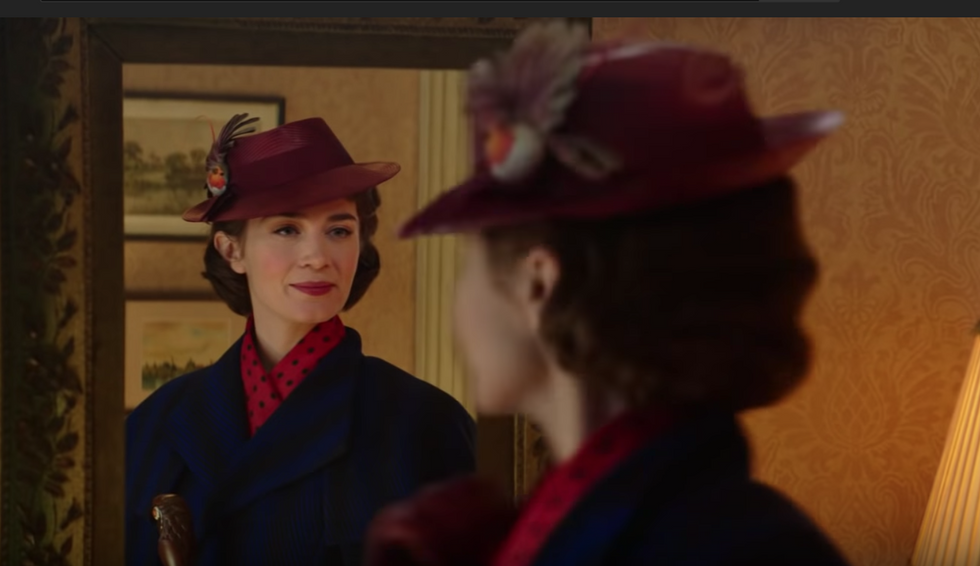When I was little, I absolutely adored the original "Mary Poppins." The songs were catchy, and I was delighted by the British accents, from Julie Andrews's posh accent to Dick Van Dyke's Cockney drawl. The imaginative dance sequences and sense of wonder are, evident by my enjoyment of them in the early 2000s, utterly timeless.
It was this that drove me to see Mary Poppins Returns in theaters. I went with my mom, and with my younger brother (9) and sister (14). My mom and I were completely delighted, my brother entertained, and my sister as well, though, as the epitome of 8th-grade cool-ness she is, she admitted it grudgingly, after we had left the theater.
Mary Poppins Returns earned a 78% on Rotten Tomatoes, which, though respectable for a sequel, pales in comparison to the 100% boasted by the original. And I must agree with the masses--as charming and fun as the sequel was, the original movie is a timeless classic that can never be out-done. The sequel, however, does not claim to out-do or re-make the original, which is why it was as successful as it was.
The differences between the original Mary Poppins and the sequel are largely found in the plot. The movie professes to take place in the "Great Slump," presumably the worldwide financial hardships of the late 1920s, and the viewer is aware that time has passed. The Banks children are grown-ups now, facing adult hardships much as their parents did in the 1964 original. The captain who lives next door is seen as senile.
The children follow Mary Poppins on adventures in a similar fashion to in the original, but these magical excursions are completely separate from the elder Bank's children. The magical nanny leads the sensible children on an underwater adventure in a somehow expanded bath, for example, and they visit a distant, zany cousin of Mary's (portrayed by none other than Meryl Streep) who speaks in an implacable accent and lives in a home wonderfully stocked with bizarre things she has fixed.
However, the charm with which the movie is executed hardly changes at all. From the opening montage of watercolor scenes of London, to the cheerful lower-class friend of Mary's (this time, a streetlight lighter depicted by Lin-Manuel Miranda); from the rudimentary cartoons that the main characters dance with (albeit in a painted bowl in the sequel, rather than sidewalk chalk), to the catchy songs and reassuring glances Mary Poppins gives herself in a reflective surface that is as charmingly executed by Emily Blunt as they were by Julie Andrews. Dick Van Dyke even cameos as a retired baker, and his tap dance on a desktop is mellow and funny, though still enthralling.
The result is a film that is different enough from its predecessor to stand alone, yet, in all ways, a homage to the film whose story it continues. And though an homage will rarely stand up to its original, Mary Poppins Returns is a respectable sequel and, if nothing else, proof that people still like to believe everything is possible, even the impossible; that maybe there is a bit of magic in not pretending to be an adult.
















